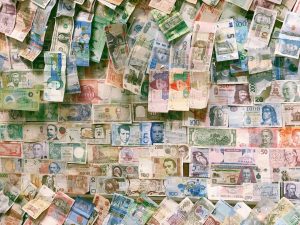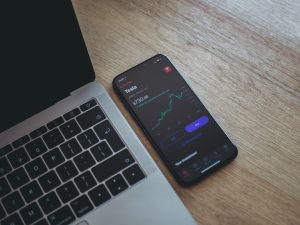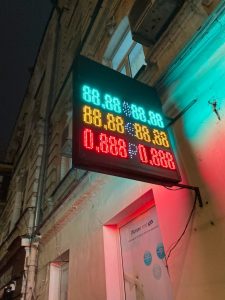Forex, or foreign exchange, is the largest financial market in the world. It is a decentralized market where currencies are traded 24 hours a day, five days a week. Forex trading involves buying and selling currencies in order to make a profit from changes in their exchange rates. But how does forex money actually move?
The movement of forex money is a complex process that involves a variety of participants, including banks, corporations, financial institutions, and retail traders. The forex market operates on a system of currency pairs, where one currency is exchanged for another. These pairs fluctuate in value based on a number of factors, including economic news, geopolitical events, and market sentiment.
The forex market is driven by supply and demand. When a currency is in high demand, its value goes up, and vice versa. The exchange rate between two currencies is determined by the supply and demand for each currency. For example, if there is a high demand for the US dollar, its value will increase relative to other currencies.
The movement of forex money is facilitated by a network of financial institutions and intermediaries. Banks and other financial institutions act as market makers, providing liquidity and ensuring that there is always a buyer or seller for any currency pair. Retail traders, on the other hand, typically access the forex market through online brokers.
When a trade is executed in the forex market, it involves the exchange of one currency for another. For example, if a trader wants to buy the EUR/USD currency pair, they are essentially buying euros and selling US dollars. The trader can then hold onto the euros in the hope that their value will increase relative to the US dollar, or they can sell them back for a profit.
The actual movement of forex money involves a number of steps. When a trader places an order to buy or sell a currency pair, that order is sent to their broker, who then passes it on to a liquidity provider. The liquidity provider is typically a bank or financial institution that acts as a market maker, offering to buy or sell the currency pair at a certain price.
The liquidity provider then matches the trader’s order with another order from another market participant. This could be another retail trader, a financial institution, or even a central bank. The liquidity provider then executes the trade, exchanging the two currencies and settling the transaction.
The settlement of forex trades typically involves the transfer of funds between banks or financial institutions. This is done electronically through a system of interbank transfers, such as SWIFT or CHIPS. Once the funds have been transferred, the trade is considered settled.
The movement of forex money is influenced by a variety of factors, including economic news, political events, and market sentiment. For example, if there is positive economic news from the US, such as a strong jobs report or GDP growth, the US dollar may increase in value relative to other currencies. Similarly, if there is political instability in a particular country, such as a coup or civil unrest, the value of that country’s currency may decrease.
In conclusion, the movement of forex money is a complex process that involves a network of financial institutions and intermediaries. The forex market operates on a system of currency pairs, where one currency is exchanged for another. The movement of forex money is driven by supply and demand, and is influenced by a variety of factors, including economic news, political events, and market sentiment. Understanding how forex money moves is essential for anyone looking to trade in the forex market.






